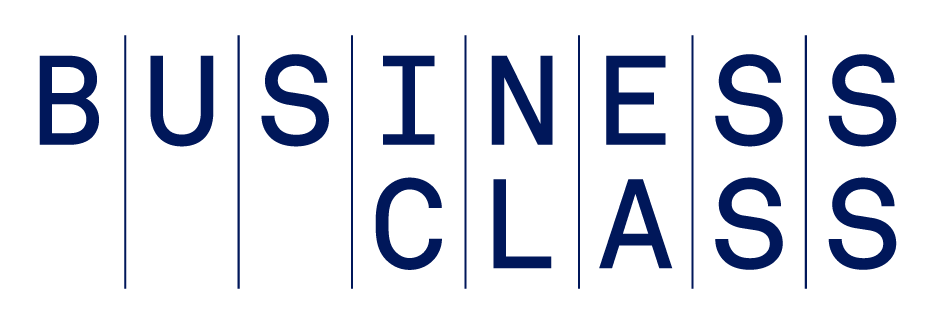Statistics play a crucial role in the daily operations of any business, offering insights that fuel growth and drive innovation.
When collected, analysed, interpreted, and presented effectively, statistics help you uncover correlations, test hypotheses, forecast key trends, and understand and anticipate customer behaviour.
With the right statistical tools, you’ll make more informed decisions, achieve your goals, and stay ahead of the competition.
The mechanics of analysis
Collecting customer information from your website or database is one thing, but effective data interpretation opens new opportunities for useful insights. Both legacy and newer statistical tools can make business statistics easily accessible.
Correlation
This core statistical measure expresses the extent to which two variables constantly change. It outlines a relationship between two variables, without necessarily saying one causes the other. Correlation might be used, for example, to determine how closely your advertising spend and revenue are related.
Linear regression analysis
Linear regression analysis is used to evaluate the relationship between two variables and forecast a variable based on its relationship to another one. The variable you want to predict is called the dependent variable, while the variable you're using to predict the other’s value is called the independent variable. For example, you can use linear regression analysis to determine how your year-long uptick in e-commerce sales is likely to play out in the near future.
Hypothesis testing
This method is used to substantiate claims about current business issues. It involves first formulating a null hypothesis and an alternative hypothesis. The null hypothesis is a statement you believe to be true based on historical data. The alternative hypothesis represents the assumption being tested and is generally the opposite of the null hypothesis.
A hypothesis test always assumes the null hypothesis is true before testing it to see if it can be nullified. If the data nullifies the null hypothesis, it substantiates the alternative hypothesis. In business, hypothesis testing can be a good way to ensure your assumptions are sound before acting on them.
For instance, if you believe opening several new brick-and-mortar locations will dramatically increase your sales, you could use hypothesis testing to implement the plan on a smaller scale by opening one location and measuring the results.
Random sampling
Also known as probability sampling, this tool selects participants at random from a given population. You can then collect extensive data from this subset and extrapolate an assumption about the larger population.
For example, suppose you're curious about whether your customer base will respond positively to a new product type. You can’t provide samples to every customer in your database, so instead you can offer them to 50 customers selected at random. If the new product is a hit, you might decide to proceed with a roll-out.
AI data analysis
Artificial intelligence tools can examine large amounts of data to identify patterns and trends that help you optimise business processes.
A benefit of data analytics is you don’t need to necessarily know what you’re looking for upfront. For instance, your AI-based tool might review all customer purchase data from the last year and proactively suggest you're experiencing greater churn due to a change in your shipping model.
Starting from scratch
You can start using statistics to inform decisions by building a culture of data literacy and data fluency in your business. There are a range of online courses and certifications designed to help business leaders learn about basic data and technology tools, which may help solve complicated problems.
As a team, you can brainstorm the key metrics you want to track and measure, such as customer satisfaction, and use that to determine the tool that can provide the most informative data.
Key takeaway on statistics in business decision-making
In today’s rapidly shifting business environment, owners must understand what’s happening in their organisations in real time. Using statistics in business ensures you always have solid insights at your fingertips without needing to become an expert. By implementing just a few of these strategies, you can start using your data as a competitive advantage and tool for consistent improvement.
This article contains general information and is not intended to provide information that is specific to American Express, or its products and services. Similar products and services offered by different companies will have different features and you should always read about product details before acquiring any financial product.
The material made available for you on this website is for informational purposes only and is not intended to provide legal, tax or financial advice. If you have questions, please consult your own professional legal, tax and financial advisors.



